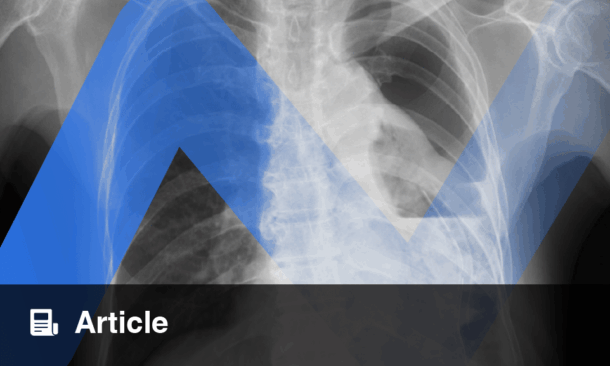A groundbreaking new tool, Ovatools, is set to transform ovarian cancer diagnosis in UK primary care by providing personalised risk scores that combine CA125 blood test results with a patient’s age. Researchers from Queen Mary University of London, supported by Cancer Research UK and the National Institute for Health and Care Research (NIHR), validated Ovatools using health records from over 340,000 women, demonstrating significantly improved accuracy, especially for those over the age of 50.
Ovarian cancer is the sixth most common cause of cancer death in UK women, with most cases diagnosed at advanced stages when treatment is challenging. Traditionally, GPs rely on CA125 blood tests and refer women for further investigations only if results exceed a set threshold. However, cancer risk varies by age as well as CA125 level. Ovatools addresses this by calculating individual risk scores, ensuring high-risk patients are prioritised for urgent referral and specialist assessment while minimising unnecessary investigations for low-risk individuals.
Two major studies have shown that Ovatools could enable earlier and more accurate detection of ovarian cancer. For women aged 50 and above, the tool performed exceptionally well, with strong discrimination (AUC 0.95) and calibration. In a new two-threshold pathway model, moderate-risk patients (1–2.9%) would receive a primary care ultrasound, while those assessed at higher risk (≥3%) would be referred urgently for cancer evaluation. The studies suggest that using Ovatools could detect more cases at earlier stages, potentially improving survival rates and quality of life. Notably, the benefits are most pronounced for ethnic minorities, socially disadvantaged women, and those aged between 50 and 70.
Reference
Arendse KD et al. CA125 and age-based models for ovarian cancer detection in primary care: a population-based external validation study. Br J Cancer. 2025; doi: 10.1038/s41416-025-03165-4.








